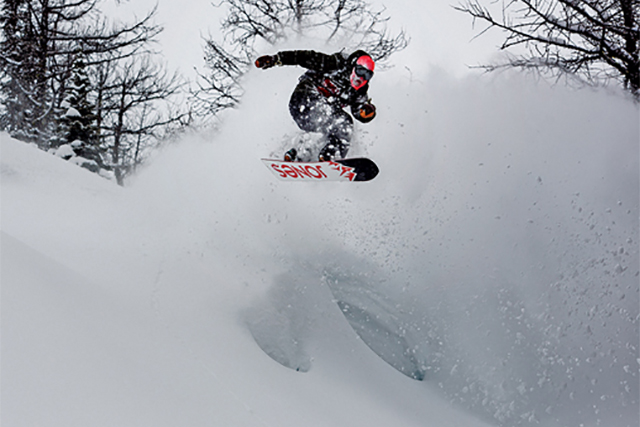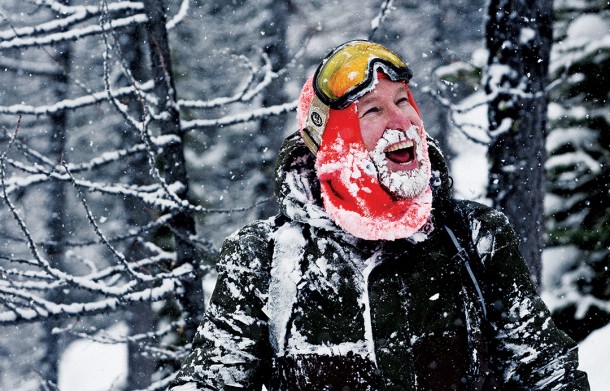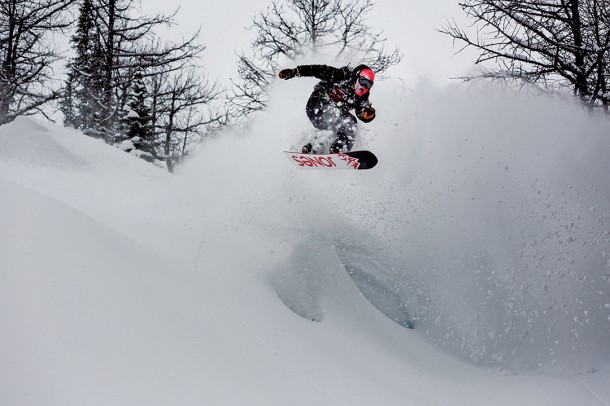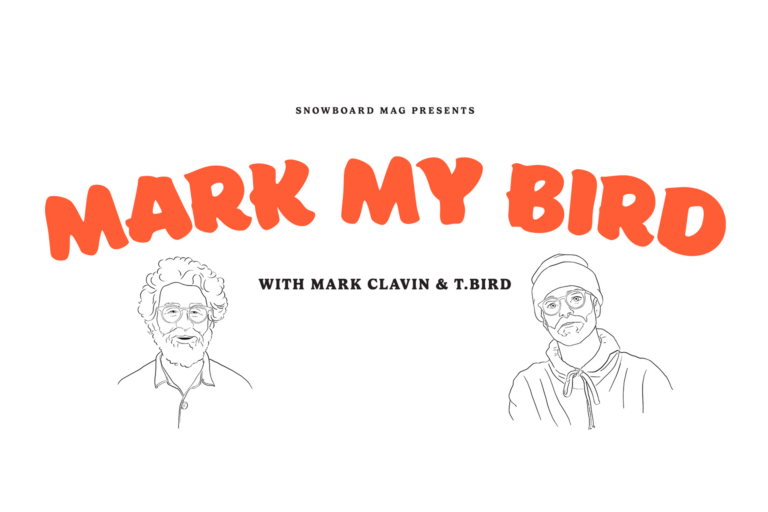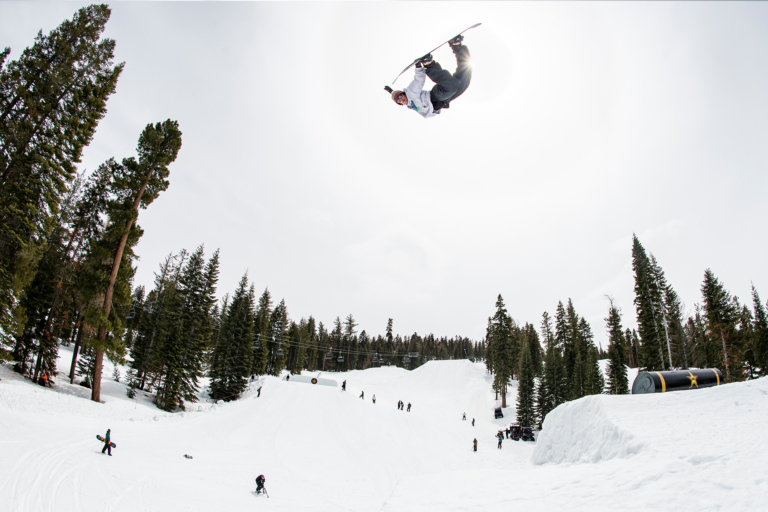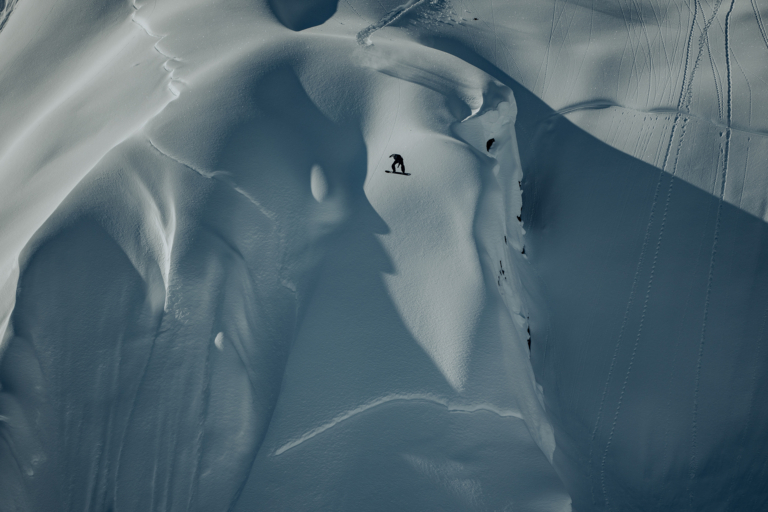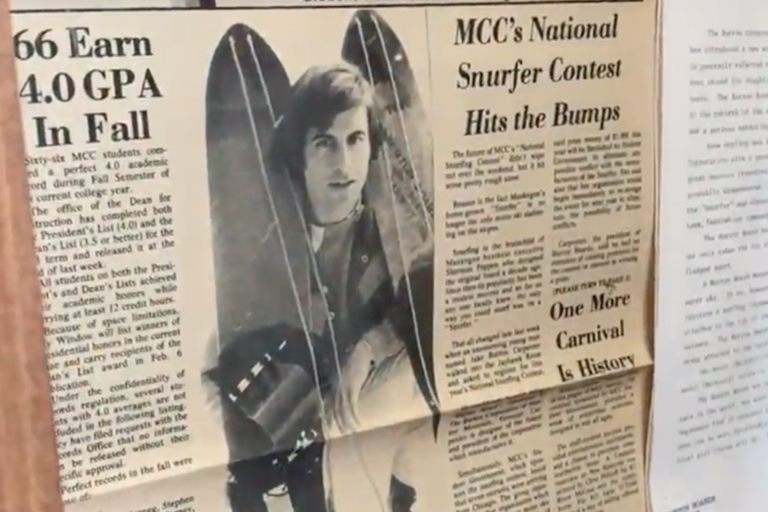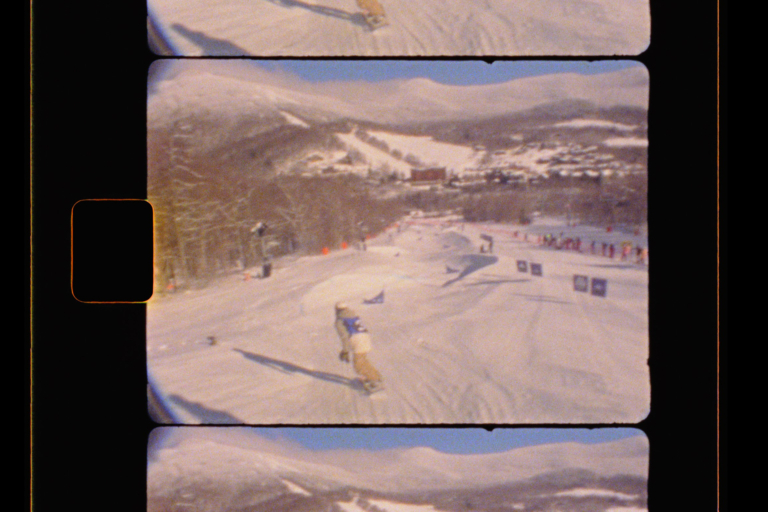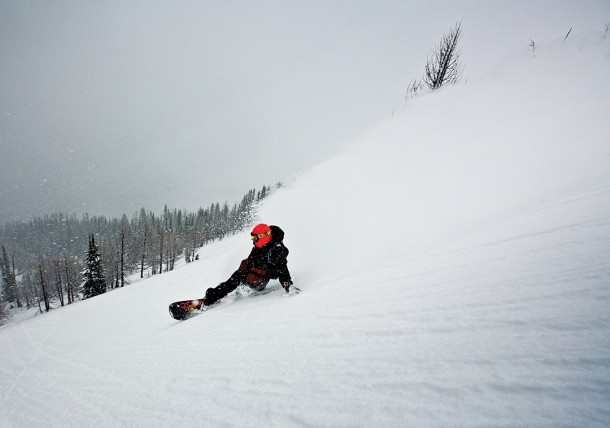
words: Andrew Hardingham
photos: Jeff Curley
Originally featured in Snowboard Mag Vol. 10, Issue 2 | The 10 Year Anniversary Issue
Year after year I still value a good scrappy, sketchy line above all else. It’s because, in my opinion, lines are the last frontier of snowboarding. The way I see it, a line is the only thing that you can still do first. Maybe it’s a first decent or just a different style of riding it – even conditions can dictate it being entirely original. As we progress further and further into the backcountry and our abilities, we seek out new ways to find bigger, better and less-visited places to ride. It doesn’t take a genius to see as snowboarders grow mentally they will most likely find new ways to get their fix, leaving behind the old and mundane. For many maturing riders this is splitboarding. It takes us away from the known and forces new places, terrain and ideas into our bored and once comfortably numb brains. For me, the act of splitboarding isn’t about getting in shape or the love of labor, nor is it about where the splitboard takes us and how fast it gets us there. If it were that simple, we would all ride in helicopters and on snowmobiles and not only would snowboarding stay the same, but it wouldn’t get any more interesting.
What the splitboard does for me is create a moment. A moment in which I get to see every angle, every slope and every element of the features I want to ride down. It’s the moment to consider all your options. Hiking around on a splitboard lets your ideas compress and teaches you to value a line and all of its information. Let me give you an example: When I used to snowmobile up a mountain I would see many features I wanted to ride. Sometimes I’d stop and eyeball them for a minute or two. Then I’d have a friend give me a ride to the top and I’d drop in. Consequently, only about half of these features got landed and that was less about me sucking and more about me not understanding that line. I never had a chance to slowly move around the terrain, seeing every angle of the takeoff, body and outrun. I only saw a two-dimensional line and hammered down it as fast as I could. Sometimes it worked out, but for the most part it didn’t.
In addition, one of my new “line seeking” methods is hiking areas in the summer. Armed only with a fishing rod, camera and a hammock, I set out on exploration missions to find fish, incredible views and things to ride down once winter comes. It was on these trips that I realized snowboarding was giving back to my knowledge of the backcountry in general. It was taking me to places I’d never normally see in both seasons. Because of this, I realized that snowboarding really has no season. If you are truly committed, you can never really stop thinking about it. It’s always there looking down at you as long as that wonderful gravity keeps pulling us toward this great planet of ours.
